Graft, The Good Kind & Tomatoes Galore
Reminders:
PRUNING NUT TREES lecture and demonstration, April 26th, at New York Nut Growers meeting. http://www.nynga.org for more information.
GRAFTING WORKSHOP, here at the farmden, on May 3rd. Theory, demonstration, and graft and take home your own pear tree. Contact me for more information.
——————————————-
Pest problems, due mostly to having a poor site and living east of the Rocky Mountains, have made me give up on growing apples — almost. Last year’s cicadas and this winter’s deer took their toll also. One problem, I realized, is that my trees are super-efficient, super-dwarfs that I made by grafting chosen varieties on special rootstocks. The problem is that super-efficient, super-dwarfs are also super-finicky about growing conditions. So I decided, instead, to try semi-dwarf trees that would be more tolerant of a less than perfect environment.
Long story short: I’m going to replant with five varieties of great-tasting apples — Macoun, Pitmaston Pineapple, Hudson’s Golden Gem, Ashmead’s Kernel, and Liberty — on G.30 rootstock. Unfortunately, such trees are not available anywhere, not even from Cummins Nursery (http://cumminsnursery.com), which specializes in high quality trees of a range of varieties on a range of rootstocks. They do have those varieties (on other rootstocks), though, and they do have G.30 rootstocks, which I bought and received last week.
And so I set about making new trees, by grafting. The graft of choice was a whip graft, an easy graft to make, especially with apple. Grafts done this time of year are called “bench grafts” because they can be done at a bench or table, indoors, at a time when it’s still too early to plant outdoors. As is usual with bench grafts, my rootstocks were bare-root, nothing more than a 18-inch-long, pencil-thick stems with some roots at their bottom ends. Perfect.
Now for the grafts. Step one was to cut through near the top of the rootstock and near the bottom of the scion with a smooth, sloping cut. Step two was to match the cut faces of the two sloping cuts. Step three was to bind them together; I used grafting rubbers but cut rubber bands work equally well. Step four was to prevent moisture loss from the graft. I covered the graft with either Tree-Kote or Parafilm, the latter a stretchy, waxy material.
Step five is aftercare. The completed grafts could be kept in cold storage until ready to plant out. Even better is to expose the graft to warm temperatures for a week or two to promote callousing, which is a proliferation of undifferentiated cells that mark the first step in joining of stock and scion tissue. I potted my grafts up and put them in the greenhouse for good callousing and to spur the beginnings of new root growth from rootstocks.
———————————————–
Whip grafting is easy; still, certain requirements must be met for success. The rootstock and especially the scion (the stem of the variety for grafting) must still be in their winter sleep, or nearly so. Check. The rootstock and the scion must be sufficiently close botanical kin. Check; G.30 and the various scion varieties are the same species. The cambia, the layer just beneath the bark, of stock and scion must be touching or at least close. Check; I accounted for different diameters of rootstock and scion stems by lining up one side of their sloping cuts.
The grafts will need to be nursed along this year. With good growing conditions, they’ll be ready for planting out next spring. With luck, a sufficiently green thumb, good weather, and three clicks together of the heels of my red slippers, I’ll be biting into a Macoun apple here in four years.
 |
| Graft union, after a few years |
—————————————————
I realize today that it’s as much fun to sample varieties of tomatoes as it is pleasurable to eat homegrown tomatoes. That’s one rationale, at least, for my sowing seed of 21 varieties for planting this season.
Why so many, when probably growing 5 varieties would satisfy all my Lycopersicum esculentum needs? That would be Sungold for the best cherry tomato, San Marzano for the best — or one of the best — canning tomatoes, Amish Paste and Anna Russian as excellent eating and canning tomatoes, Belgian Giant for its unique, delectable flavor, and Carmello for good flavor and earliness from a full-size, smooth and almost perfectly round tomato. Okay, 6 varieties.
After last summer’s tomato taste-off, I could not help but also grow Lillian’s Golden, the winner. And Blue Beech, which, besides good eating, makes a uniquely flavored sauce. Brandywine is a top contender in any best tomato taste-off, so I’m trying Black Brandywine. Perhaps its my imagination, but “black” tomatoes all seem to have a rich, tangy flavor. That’s why I also sowed seeds of Cherokee Purple. German Giant and Paul Robeson got good reviews. Valencia is a pretty and flavorful orange tomato. Nepal is very good.
I’m generally averse to planting any new varieties of cherry tomato because Sungold is so far ahead of the pack. (One year I tried 20 new cherry tomato varieties; 18 weren’t worth eating.) Still, the mother of a reader of this column insisted that she grows a very productive cherry tomato with a delectable flavor; I’m trying it, merely labeling it “Cherry Tomato.” I’m also growing Gardener’s Delight cherry tomato, a variety I grew and enjoyed decades ago, and which disappointed me last year. This year’s Gardener’s Delight, from a different source, might taste different. I’m also growing Ping Pong cherry tomato, which I enjoyed — but can’t remember why — when visiting Hudson Valley Seed Library (http://www.seedlibrary.org) last summer.
I also can’t remember why I ordered seed of Weisnicht’s Ukrainian tomato, but I’m growing it.

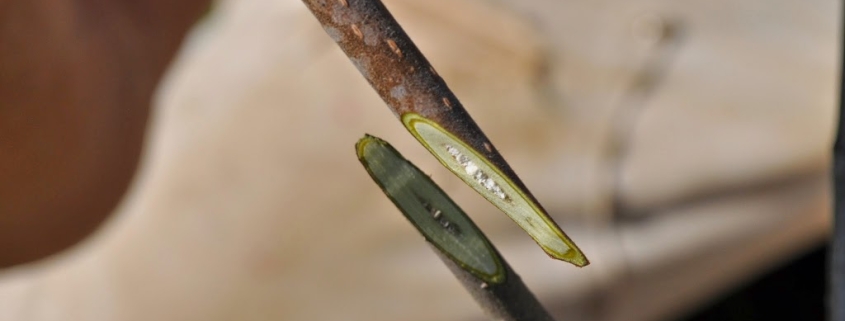
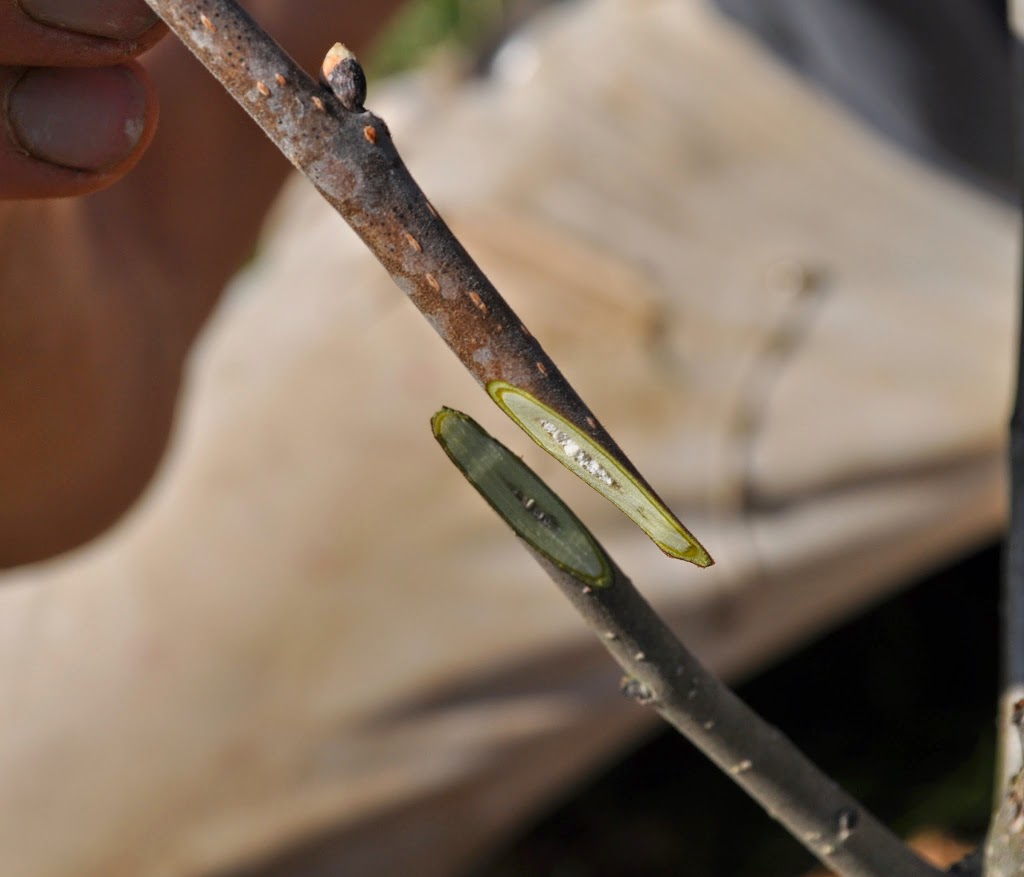
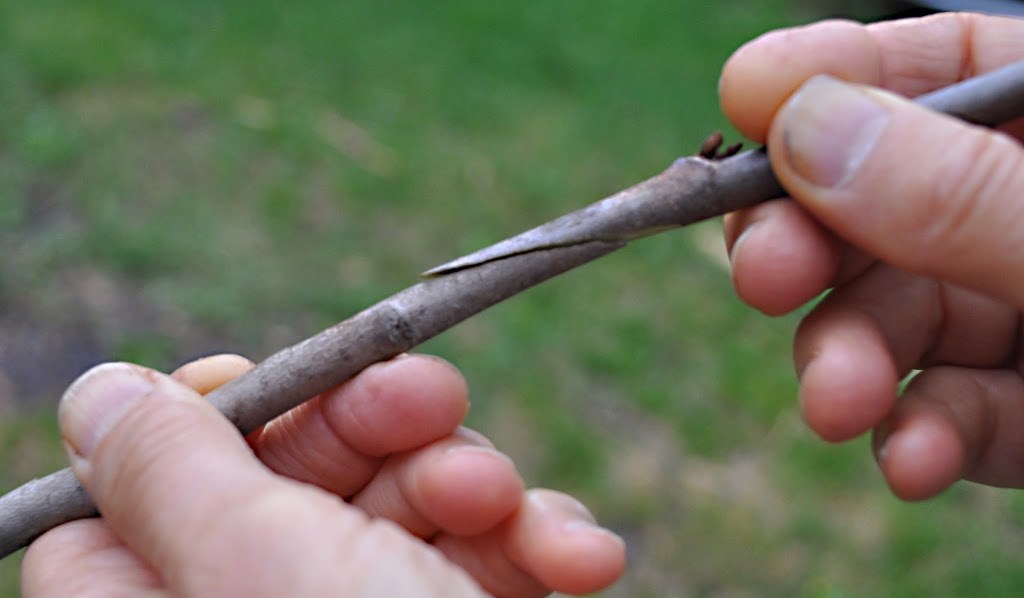
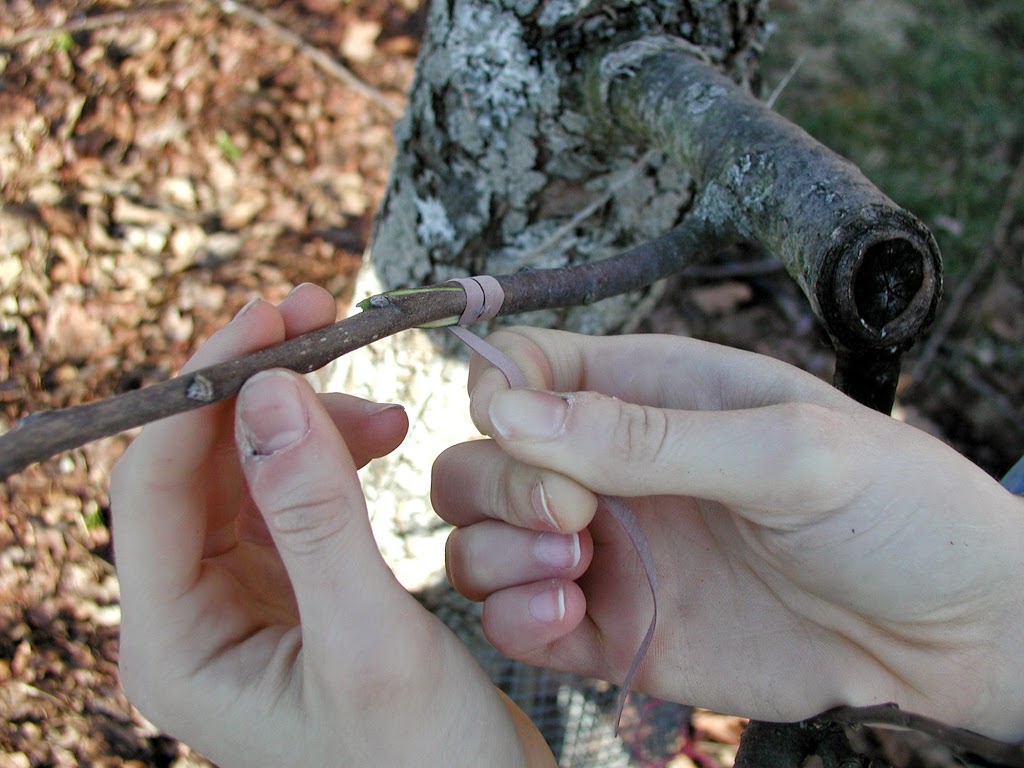
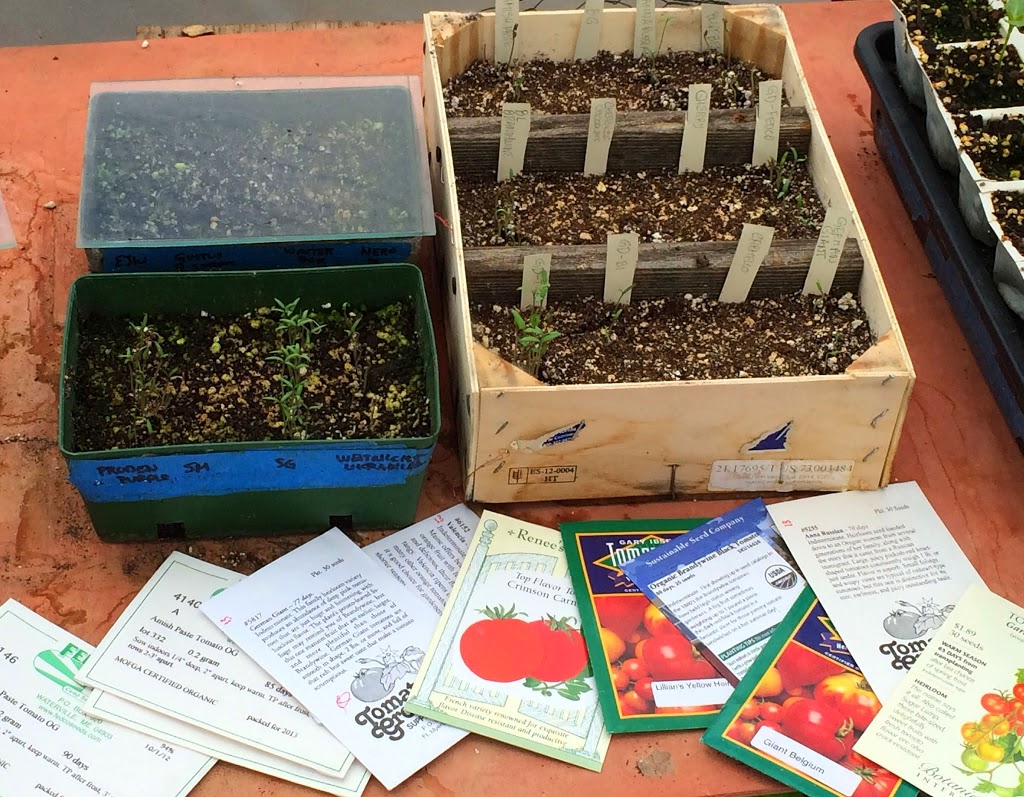
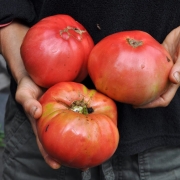




Love your adventurous spirit! Let us know how the tomatoes turn out. Would love it if you gave tips about your favorites concerning other vegetables.
When it comes to tomatoes, I just can’t help myself. My plan was to grow 6 or 7 varieties this year but, quite mysteriously, I have ended up with 12 different varieties under my grow lights. Now I just have to figure out where to put them all.
Dig up some of those beautiful ornamentals. Nah. How about considering tomatoes to be ornamentals, as they were at one time grown.
Last year I started, planted out and cared for 30 varieties, wanting to do a taste comparison. Then, when tomatoes were ripening I was pregnant and developed a distaste for tomatoes. I enjoyed the sungolds, and a cherry tomato called ‘Black Cherry’ from Abundant Life Seeds. All the rest rotted on the vines… This year I am making life easy and just growing those two varieties.